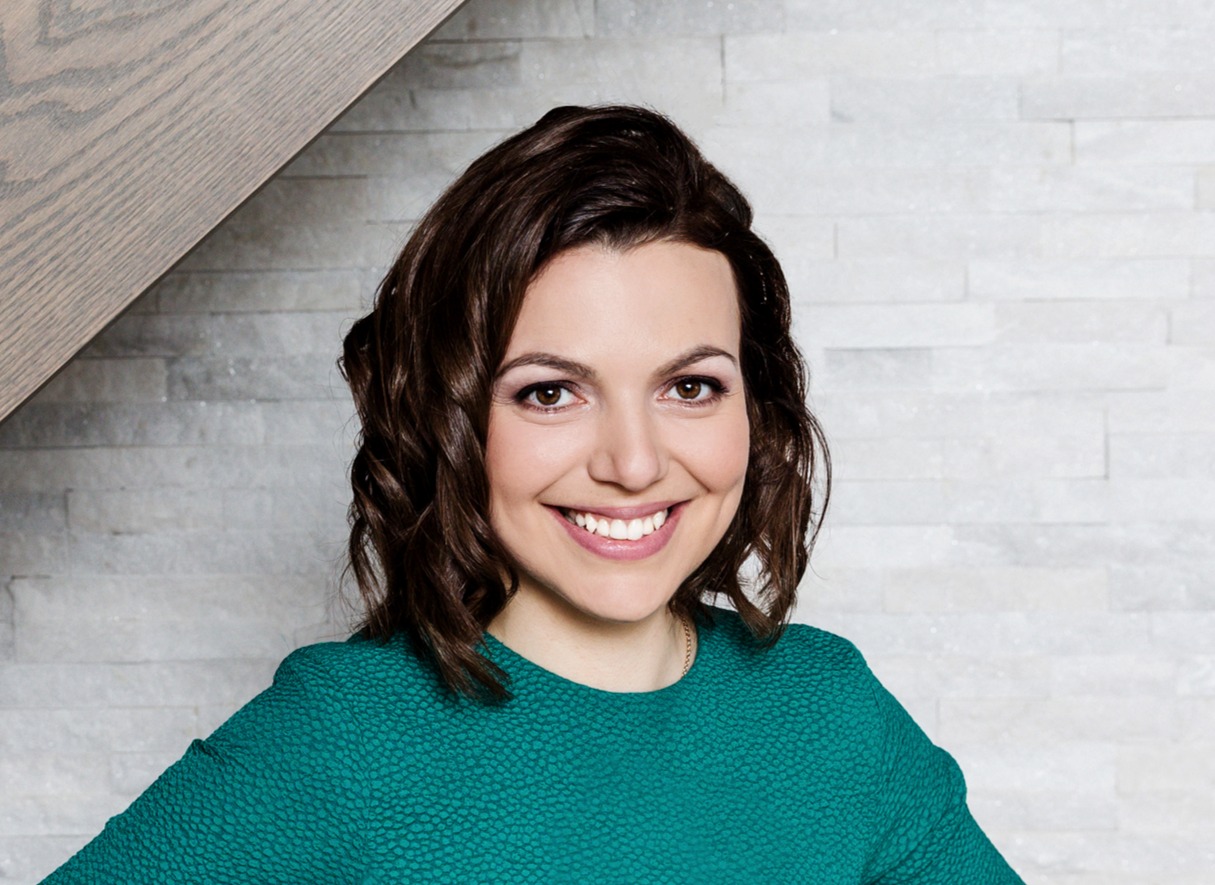Lighting The Way By Design
- Diana Rose

- Apr 10, 2021
- 3 min read
Updated: May 11, 2021
By Diana Rose Design

Lighting is arguably the most important element of a room. The right light can highlight the best features and focal points in your space, downplay the undesirable, and instantly change your mood - if you know how to use light, that is. In fact, lighting is one of my favourite design tools and décor elements. Here's how I like to put it to work in my interior projects.
First things first, why is lighting such a critical part of a design? Light has been shown to have a profound emotional impact. A low-lit room can evoke feelings of warmth, intimacy and relaxation. When paired with the right furniture, accessories and of course, colour palette, low lighting delivers a distinctly cozy ambiance. Brighter light, on the other hand, can inspire energy, creativity and focused attention.
I begin every design project by evaluating the natural light within the space, and with the addition of some strategic light fixtures, the shape and function of the room comes to light, literally. And eliminating dark corners works wonders for the perceived sense of space!
Lighting (which includes natural and artificial light sources) happens in three layers - ambient lighting, task lighting and accent lighting. Ambient is the general lighting in the room, often from ceiling sources above like pot lights or a chandelier. Task lighting is used to illuminate functional areas, like a kitchen countertop or desk. Finally, accent lighting is purely decorative but, I'd argue, every bit as important to the overall aesthetic. Together, the combination of the three brings depth, warmth and life to your rooms.
Ceiling-mounted fixtures are the standard go-to, but especially if you're renovating, consider installing some integrated light sources - pot lights, illuminated bookcase and built-ins, in- or under-cabinet lighting and the like. This forethought brings so much added function to a space, and since discreet you don't even know it's there providing a overall clean, streamlined look.
Designer Tip: Speaking of integrated features, here's a word to the wise: install dimmer switches on everything. This allows you to set the tone for the room and enhance its functionality. What's your mood? Just flick the switch and watch your environment adapt to your needs. Dimmers are definitely a small but mighty addition to every room.
When it comes to pendants or chandeliers, size matters both for the functional viability of the fixture and for its aesthetic impact. When choosing a ceiling-mounted fixture , the "rule" is to add the length and width of your room in feet (for example, 10 by 20 ft.) and that number in the ideal width of your light fixture, in inches (using our example, 30 inches). Don't put away that measuring tape just yet! When mounting your fixtures, ensure they're landing at the right height. Measure seven feet from the floor, or is suspended over a surface, like a tabletop or counter, about 36 inches up, to the bottom of the fixture.
Aside from the functional aspects of a lighting plan, this décor element comes with fun, creative side as well. In my opinion, lighting fixtures should be celebrated for their artistry as much as their practicality.
Here are a few hot trends that I've had my eye on.
Wall sconces have gained popularity in recent years, and I love the idea of a pair mounted as bedside lamps, or a single sconce to illuminate a reading area or office. Many lighting brands are offering their own version of what has become a classic-contemporary sleek wall sconce executed in warm metals. Of course, texture is a fixture in the a-la-mode interior, and that trend translates to light fixtures as well. Ultimately, when it comes to style, there's no right or wrong answer. Choose a design that sparks something in you.
Good design has to achieve a balance of function, style and character - and lighting plays a key role in all of these. A good designer will incorporate lighting from step one of the design process. Lighting should never be an afterthought. It is only well designed if you can see it.





Comments